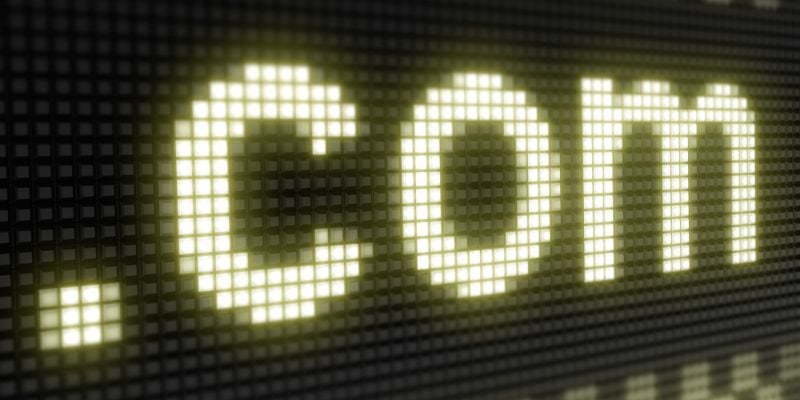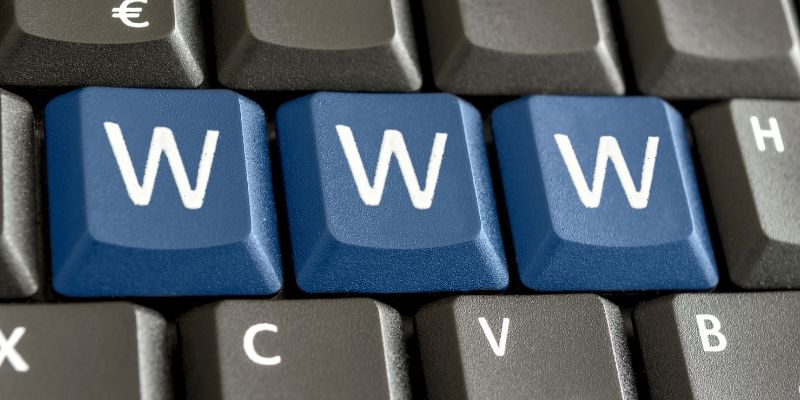
What is a WHOIS directory? What is the purpose of it?
Let’s begin with the basics. How do you even spell and pronounce Whois, WHOIS, WHO IS, Who is..?
How to spell and say WHOIS
ICANN (Internet Corporation for Assigned Names and Numbers) spelling - WHOIS Wikipedia spelling - WHOIS
If you see WHOIS spelled who is, WhoIs, Who Is or any other way, it’s either someone getting it wrong, or using the term to refer to a product or service they’ve named.
It’s pronounced in two syllables; ‘who is’ and written in one. It is written in capitals as it’s a computer protocol that has been written in capitals since its inception in 1982. Simple.
WHOIS isn’t a directory as such. It’s a query/response protocol that enables people to instruct communication between servers with confidence in interpreting the outcome. The parameters of the WHOIS protocol are followed by domain registrars (there are thousands of domain registrars) in order to ensure that information about the ownership and technical details of domains can be queried effectively.
Because people follow the WHOIS protocol, we have some sense of order in the internet universe. To think of it in layman's terms, imagine if there were no rules about how to write phone numbers, area codes or country codes and multiple systems existed. Communication would be made harder or impossible and requests to directory services would be extremely hard to interpret universally. The equivalent to a WHOIS protocol for White Pages is the country code prefix, the position of brackets and the understanding about how to drop a ‘0’ when making international calls.
WHOIS stipulates how certain pieces of data are referred to, and dictates what data is captured when new domains are registered.
How do businesses use WHOIS directories?
A directory of domains is maintained for each top level domain. Top level domain (TLD) examples are .com, .co.uk, .can etc. In the UK, the directory for *.uk is maintained by Nominet.
Anyone researching the phrase ‘WHOIS directory’ will soon come across the term ‘WHOIS lookup’. That’s the universally accepted name for carrying out a check to access the directory of domain names to learn more about the domain owner, and other technical information associated with the domain.
It’s not all totally clear within the WHOIS lookup world… Domains are registered centrally with ICANN but the component parts about every domain aren’t always recorded in the same order, or in the same format. For example, line lengths, abbreviations, row orders and dates can all be written differently.
The upshot of this is that results can be returned that are entire, but hard to compare.
Some API services that offer WHOIS lookups do the hard work for you and return data from multiple registers re-ordered in the same format. https://tools.verifyemailaddress.io/Apps/Whois is an API that does this.
Why use WHOIS lookup?
There are a variety of uses for WHOIS lookups - here’s why you might want to check out domain directories using the WHOIS protocol.
- Find individual, personal contact details for domains - this might be to get in touch with an individual or company directly, or to augment and check commercial data
- Identify the age of a domain - to learn how old a domain is, typically as an indicator of website authority or malicious intent
- Discover where (geographic location) a domain is registered - a useful cross check




